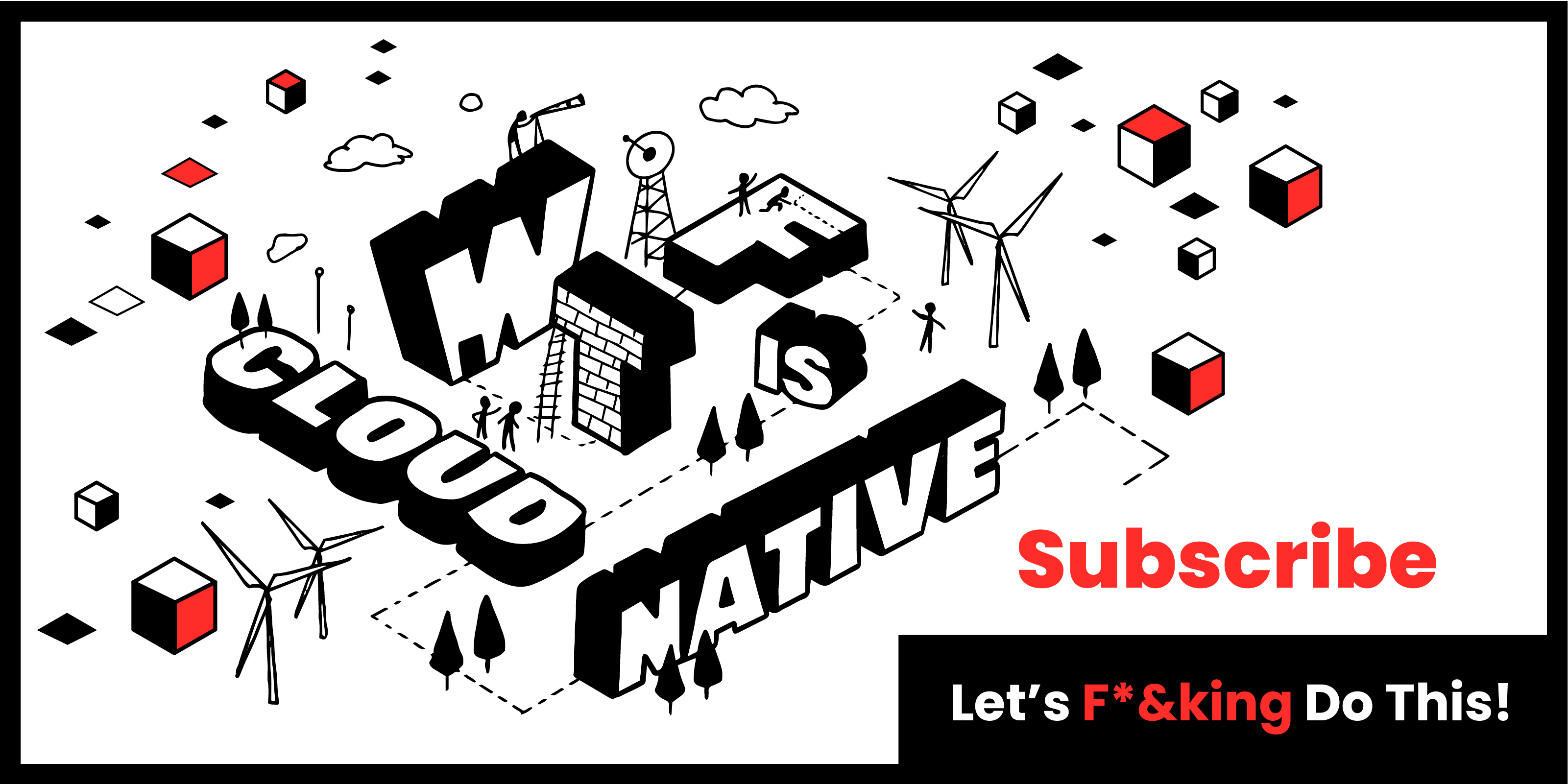At Container Solutions, we differentiate between leadership and strategic leadership. Both involve inspiring a group with a vision of the future. Both involve connecting a starting point, A, with an endpoint, B. Both have a transformational effect on the leader and group members. The difference lies in the results, which have to be judged objectively. Whereas the leader makes changes, the strategic leader makes adaptive changes, successfully plotting the course between A and B.
Part of Container Solutions’ mission is to produce leaders both for ourselves and for the difficult challenges that society will face in the coming years. With that in mind, we focus on five base skills that all strategic leaders must have and that all emerging leaders must develop, skills inspired by Steven J. Stein's book The EQ Leader.
The key five skills we look for at CS are:
- The ability to develop collective goals and objectives.
- The ability to create purpose.
- The ability to generate and maintain enthusiasm.
- The ability to create the conditions for autonomous decision making.
- The ability to create a meaningful identity.
These skills feed into each other, and can develop in parallel. Creating purpose, for example, generates energy, as people with a shared mission become galvanised to action.
Let’s explore each one of these skills in turn.
Collective Goals: We’re in This Together
If you take a peek at our customers and what they’re doing, you’ll see that in the thinking phase of their work they create a set of collective goals that often bring ‘warring factions’ together. In our customers’ worlds, it’s easy for groups to create local rather than company wide, global goals.
However, adopting Cloud Native ―the thing we help our clients do―is not a local challenge but rather a collective one, affecting how software is deployed, delivered, and how business services are supported and sold. This is why collective goals are essential for succeeding with Cloud Native technologies. More generally, collective goal setting helps with alignment, transparency and shared success.
With this in mind, it won’t come as a surprise to anyone that collective goal setting is a vital part of the Container Solutions process and forms a large part of the Hermes strategic execution framework, the method we’ve developed to manage organisational change during and after a Cloud Native transformation.
Purpose Creation: Rise Above ‘Tactical Hell’
Everybody gets fed up with their work. Slowly but surely, our day-to-day toil takes away our moments to think. We slip into the small stuff. We forget that we’re building a cluster to serve 100,000 new users and instead think our job is to edit YAML files. We forget that we’re trying to bring the Cloud Native computing paradigm to the world and instead think our job is to explain containers―again.
At Container Solutions, we call this slow process the descent into tactical hell. A strategic leader never lets their group forget their purpose, never lets them descend into tactical hell.
Energy Creation: Passion, Optimism, Confidence
Remembering your purpose creates energy, but probably not enough to sustain a group for forever. To keep generating that spark, you need passion, resilience, trust, confidence, and optimism, all of which are connected and tend to rise and fall together. Energy creation comes from three areas.
Firstly, a leader infuses other people with their passion. They have boundless energy for the task at hand, and it’s contagious. For example, I am not shy about the things I care about, namely innovation and its relationship to high-performing teams. The engineers at CS will talk, write, argue, and develop their ideas for years, and they do so without any break in step or loss of energy.
Secondly, an energetic leader combines optimism with bloody-mindedness. Adversity depletes energy. However, a good leader’s head goes up just as everyone else’s goes down.
At Container Solutions, we have mastered (and continue to teach each other) the art of response-oriented thinking. We reframe every adversity as an opportunity to learn.
Finally, the leader builds confidence by helping people to believe in their own ability. Through a deep understanding of their colleagues, the leader helps them to stretch. Taking on a challenge just beyond your reach builds confidence and therefore releases energy.
Autonomous Decision Making: Identify the What, Not the How
A good leader creates direction, sets rough parameters, and communicates desired outcomes. The group does the rest.
In other words, a strategic leader helps create the what, offers (at least in my case) loose guidance about the how, and goes to great lengths to explain the why. Together, this creates context, and the more context a person has, the more they can act autonomously. The more they can act autonomously, the stronger and more confident they will feel. Decisions will of course be better, too.
In our on-boarding programme we use an example from the military. Imagine a platoon of soldiers have been given the order to march to a bridge on a river. As they arrive, they notice the enemy amassing in a village on the other side. What should the platoon do? Storm the village? Retreat? Blow the bridge up? Hold the bridge?
Without context, the platoon cannot make a decision. If, however, the platoon’s general had given them the context―that the bridge is useful for a later advance―then they could have acted autonomously, working toward that objective by securing the bridge.
Meaningful Identity: Making an Impact
A good leader knows how to create meaning. Meaning is important because it lies at the end of a continually expanding set of emotional needs. Once our basic needs are met, we want to win the affection of our peers. Once we’ve won the affection of our peers, we want to go on and do something meaningful. A strategic leader helps to shape meaning and through that the identity of the group. If leaders can’t do this, people will abandon them.
At Container Solutions, our identity is based on the belief that our work contributes to making life easier for billions of people. We are part of a movement that brings low-cost or free software products to a global market. This has an impact on microfinance, green energy and, through our work into innovation, remote work and organisational psychology, the future of work itself.
So whereas creating purpose is about giving meaning to the task at hand, creating a meaningful identity is about giving meaning to the whole organisation's mission.
Shaping Future Leaders
The five characteristics of the strategic leader point to an emotionally well-rounded person. In our experience, work can shape both established leaders but, more importantly, emerging leaders. This shaping comes from the interaction of experience, classroom teaching, coaching and a safe environment that encourages structured risk taking.
At Container Solutions, strategic leadership skills are not a nice-to-have but rather essential to our existence. This is because our customers turn to us for help with Cloud Native computing. Cloud Native is scary, full of risk and reward, requiring global changes and the ability to plot both the next step and the future beyond it. Moving to Cloud Native is strategic―and it requires strategic leadership.
Click below to download HERMES, our strategic execution toolkit.




 Previous article
Previous article
